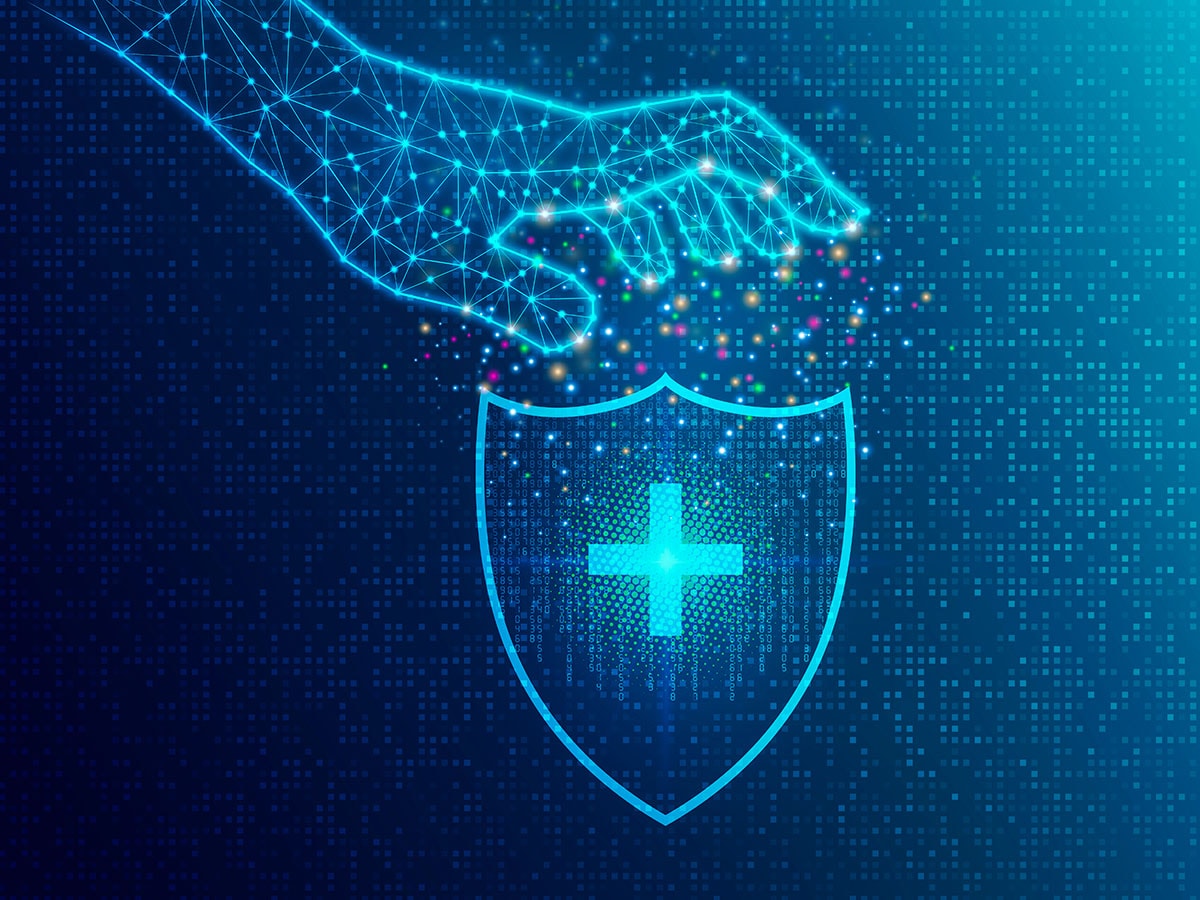Boosting Cyber Resilience Through Insurance in the Generative AI World
Generative AI (GenAI) is rapidly changing the cybersecurity landscape. As these powerful tools evolve, so do the threats. This article explores how enterprises can strengthen their cyber resilience by strategically integrating cyber insurance, a crucial control mechanism for managing and improving cybersecurity.

GenAI is enabling the processing of unprecedented amounts of data. This has led to rapid advancements in language, vision, and audio machine learning models, offering groundbreaking innovation. However, this progress comes with significant risks. These risks pose a challenge to regulators and policymakers who are striving to balance innovation with public safety and the potential for misuse.
Some of the major risks include:
- Analyzing and exploiting vulnerabilities in IT and operational technology (OT) systems.
- Generating highly convincing business email compromise (BEC) emails to target executives.
- Impersonating individuals to bypass security controls.
In addition, GenAI empowers attackers to:
- Adapt more efficiently to evolving defense mechanisms.
- Launch sophisticated cyber threats.
- Increase the impact of cyberattacks across the Cyber Kill Chain (CKC).
Cyber Resilience vs. Cyber Risk Management
With GenAI’s capabilities, adversaries can compromise IT/OT systems at a significantly higher rate than defenders can leverage AI for their defense. This highlights the need for a proactive approach beyond traditional cyber risk management.
Instead of solely focusing on identifying, detecting, and protecting against cyber incidents, organizations must build adaptable and robust defense mechanisms. The NIST cybersecurity framework, which outlines best practices for cybersecurity, is a good place to start. Enterprises must have management processes in place to identify, detect, protect, respond, and recover from a cyber incident.
The core of boosting enterprise cyber resilience is improving cybersecurity management to withstand the impact of GenAI-driven attacks across the CKC. This involves:
- Accepting potential performance metric impacts and related business losses.
- Using cyber insurance to mitigate risks when losses exceed a certain threshold.
- Implementing efficient capital allocation for prevention, detection, response, and recovery after a cyber incident.
- Making cyber vulnerabilities visible and shrinking the attack surface through cyber insurance.
Challenges to Insurance-Driven Cyber Resilience
While cyber insurance is meant to be a control mechanism for improving enterprise security, GenAI introduces new difficulties to scaling the cyber insurance business.
GenAI is likely to increase the rate at which adversaries successfully exploit every stage of the CKC due to a broader vulnerability terrain with less effort. This, in turn, will increase the business impact after a cyber incident.
Standalone cyber insurance hasn’t become very popular among small and medium enterprises (SMEs)–which account for over 80% of the global enterprise space. A major reason is the cyber insurance market’s difficulty in matching attractive premiums with the correct type of organizational posture. This trend will likely worsen with the rise of GenAI.
GenAI is expected to fuel cyber catastrophes since perpetrators can:
- Launch sophisticated and targeted GenAI-driven cyber campaigns with superior control, maximizing attack impact.
- Exploit vulnerabilities similar to those in the Log4J and SolarWinds attacks.
- Utilize GenAI LLM cloud service providers, leading to a single point of failure.
Action Items for Insurers and Enterprise Management
To boost cyber resilience in the GenAI world, cyber insurers and enterprise management should consider these three action items:
Action Item #1: Integrate Security with Cyber Insurance
Integrate enterprise system management with cyber insurance products to align with the ‘anticipate’ principle of the NIST cybersecurity framework. Cyber insurance products should screen the risky assets within an enterprise system and estimate the potential business impact of a GenAI-powered cyber incident. For example, Howden’s Safe+, developed in partnership with Safe Security, offers quicker cyber risk assessments without compromising coverage quality. Furthermore, the consulting steps provided via cyber insurance contracts can identify critical IT/OT assets, helping them establish key risk indicator measures and set alert thresholds. Organizations’ cyber risk divisions should also perform threat modeling, counterfactual, and risk-reward analysis for threat actors and defenders.
Cyber insurers should also educate SMEs about (Gen)AI risk insights and cost-effective solutions to enhance their vigilance and protection against modern AI cyber risks.
Action Item #2: Develop Action Plans for Business Continuity
As part of the ‘absorb’ principle, develop action plans to ensure business continuity following a GenAI-powered attack. Cyber insurance premiums are directly proportional to an enterprise’s ability to absorb a cyber incident. Lower premiums usually result from strong cyber hygiene and practices that show an enterprises ability to absorb cyber risk. Although new attacks can’t always be precisely predicted, good cyber hygiene helps prevent attacks to minimize attack impact along all points of the CKC.
Cyber insurance premiums also depend on how enterprises have planned redundancy for critical assets. Ensuring the redundancy of critical assets helps organizations absorb cyberattacks. Enterprises should also consider isolating compromised systems from healthy ones and substituting them to perform critical functions, a concept central to zero-trust architectures and network segmentation.
Action Item #3: Enhance Response and Recovery Capabilities
As part of the ‘respond and recover’ (adapt) principle, develop action plans that allow the enterprise to meet a minimum level of business continuity/QoS to absorb a cyber incident. Cyber risk management teams should have strong forensic analysis capabilities, including thorough analysis of logs, system files, and network traffic. This should be followed by patching and efficient updating activities, and security updates to address any identified vulnerabilities. These response and recovery actions will reduce client premiums and boost cyber resilience.
By taking these steps, organizations can better prepare for the challenges posed by GenAI and strengthen their cyber resilience in this rapidly evolving landscape.


